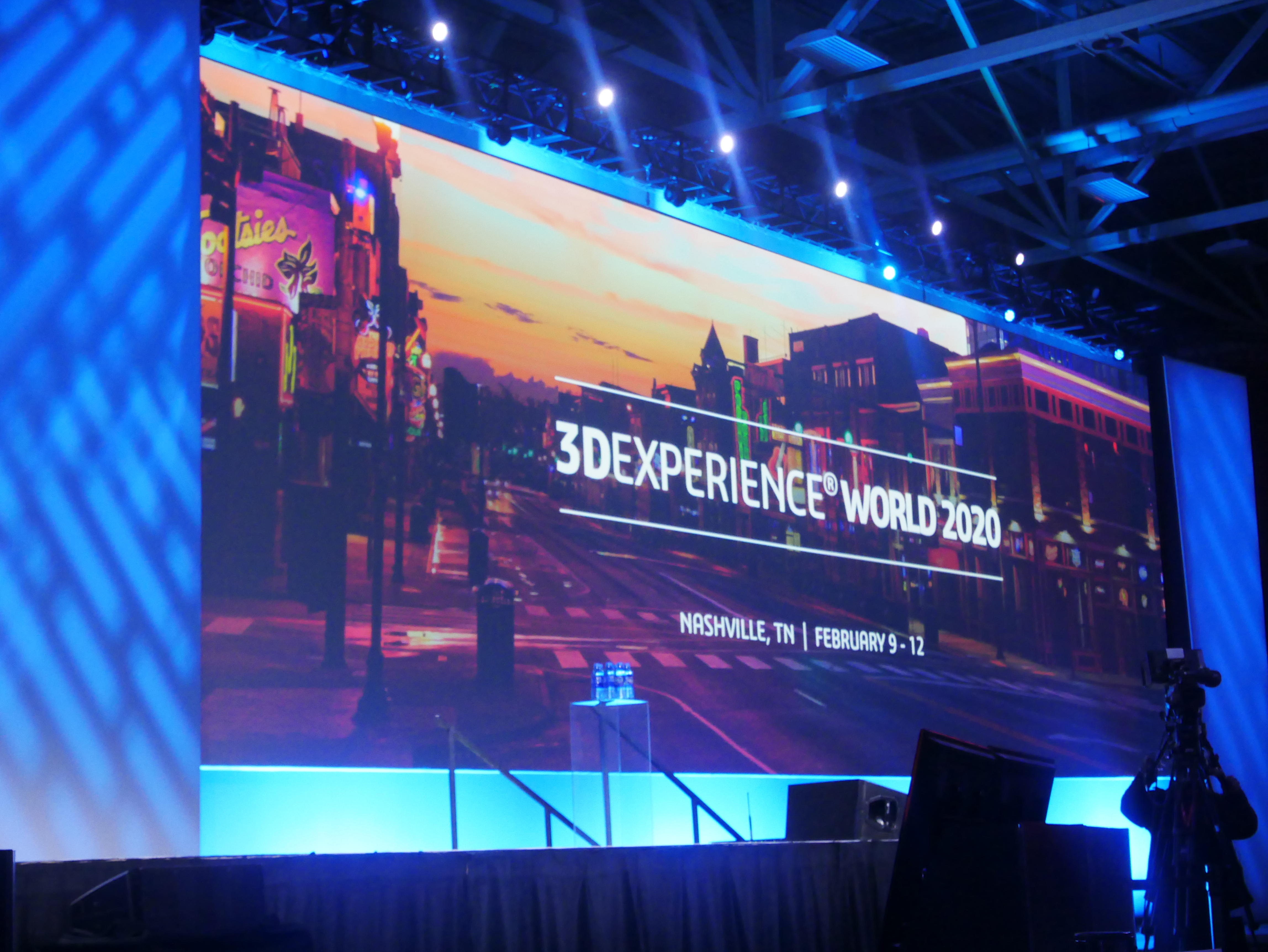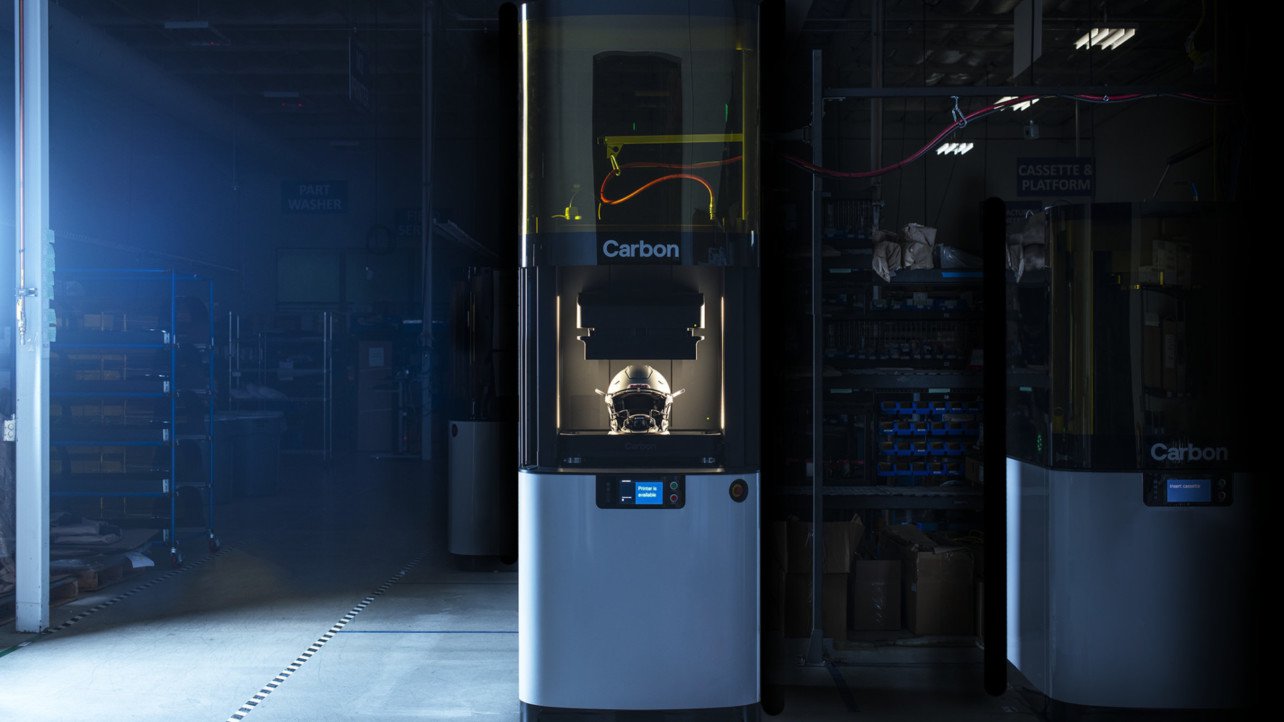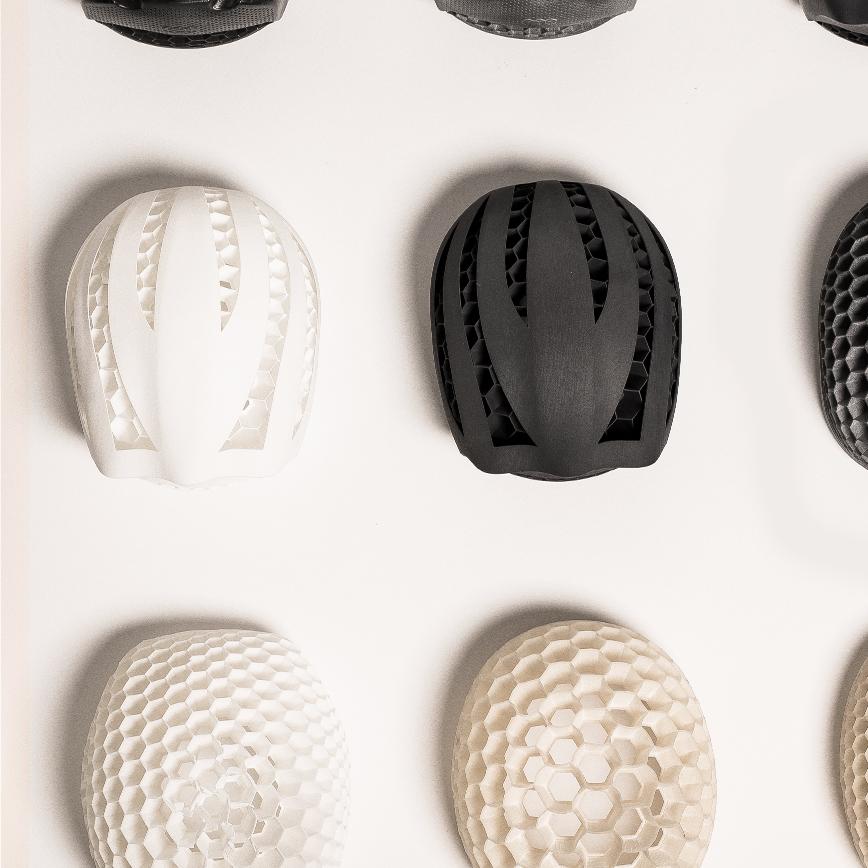The month of February 2019 saw conferences such as SOLIDWORKS 2019 and TCT ASIA in Shanghai, innovations from start-ups such as UrbanAlps and Hexo Helmets, as well as the presentation of what is said to be “the largest 3D metal printed part for a working vehicle in automotive history.”
SOLIDWORKS 2019
3D Printing Industry was present in Dallas, Texas for Dassault Systèmes’ SOLIDWORKS World 2019. The largest of its kind thus far, the conference, which maintained the theme “where possibility takes form,” announcement 3DEXPERIENCE.WORKS, a new portfolio of industry-aware applications on the 3DEXPERIENCE platform. Furthermore, its successor was announced as 3DEXPERIENCE 2020.

At TCT ASIA in Shanghai, award-winning 3D printer OEM Ultimaker announced that Essentium, eSUN, and Polymaker have joined its Material Alliance Program. This collaboration allows the companies to develop print profiles for Ultimaker Cura slicing software, giving users access to its third-party materials for FFF 3D printing.
Carbon introduces the L1 3D printer
Carbon, the Silicon Valley-based company behind Digital Light Synthesis (DLS) technology, launched the L1 3D printer which provides a larger build volume than the M2 launched in 2017. The company also announced Riddell, American football equipment, as the L1’s first customer. As a result of this collaboration, 3D printed Precision-Fit linings for its SpeedFlex Precision Diamond NFL helmet were produced.

Xerox acquires Vader Systems
Xerox, the American manufacturer of printers and photocopiers, acquired Vader Systems, a New York-based manufacturer of the liquid metal jet 3D printers. 3D Printing Industry previously reported that Xerox has long had eyes on additive manufacturing opportunities. The company then made the brief announcement at its Investor’s Day 2019 conference in New York that this acquisition is part of its innovations strategy.
“The largest metal 3D printed automotive part”
Ford Performance, a division of Ford Motor Company, claimed to develop “the largest 3D metal printed part for a working vehicle in automotive history.” This part is an aluminum manifold inlet, 3D printed on a Concept Laser X LINE 2000R from GE Additive, which took five days to complete.
The manifold weighs 6kg, thus it is twice as heavy as Bugatti’s 3D printed brake caliper which previously claimed to be “the largest functional component” 3D printed out of titanium. The Bugatti brake caliper measured at 41 x 21 x 13.6 cm (L x W x H), however, the dimensions of the manifold were not disclosed.

Star Trek-inspired projection 3D printer
Inspired by Star Trek’s Replicator, researchers from the University of California (UC), Berkeley developed a 3D printer using Computed Axial Lithography (CAL) to produce smooth, flexible and more complex 3D models.
This system uses a viscous liquid made from polymers mixed with photosensitive molecules and dissolved oxygen which reacts to a certain threshold of patterned light. This light is projected onto a rotating cylinder of liquid which then solidifies, forming into the desired shape.

Innovations, material, and product development
Innovations were also abundant in this month from start-ups such as the Swiss high-security company UrbanAlps, who began shipments of its metal 3D printed security key called the Stealth Key.
Hexo Helmets, a London-based technology start-up, also announced the commercial availability of its custom 3D printed bicycle helmets. Differing from Riddell’s Diamond Helmet, this equipment is made from Polyamide 11 using SLS, and incorporate honeycomb structures designed with the cyclists head shape.
In Australia, metal 3D printer manufacturer Aurora Labs closed an AU$5 million (US$3.5 million) share placement round to develop its Rapid Manufacturing Technology (RMT).
Moreover, Evonik, the largest specialty chemicals producer in the world, announced that its VESTOSINT (PA 12) production plant entered the project implementation phase, after the completion of the conceptual and basic engineering stages.

For the latest 3D Printing Industry news, subscribe to our 3D Printing Industry newsletter, follow us on Twitter and like us on Facebook.
Looking for a fresh start in the new year? Visit 3D Printing Jobs to get a head start.
Featured image shows a close-up of a 3D print (the Thinker) produced on the Replicator. Photo via UC Berkeley.

